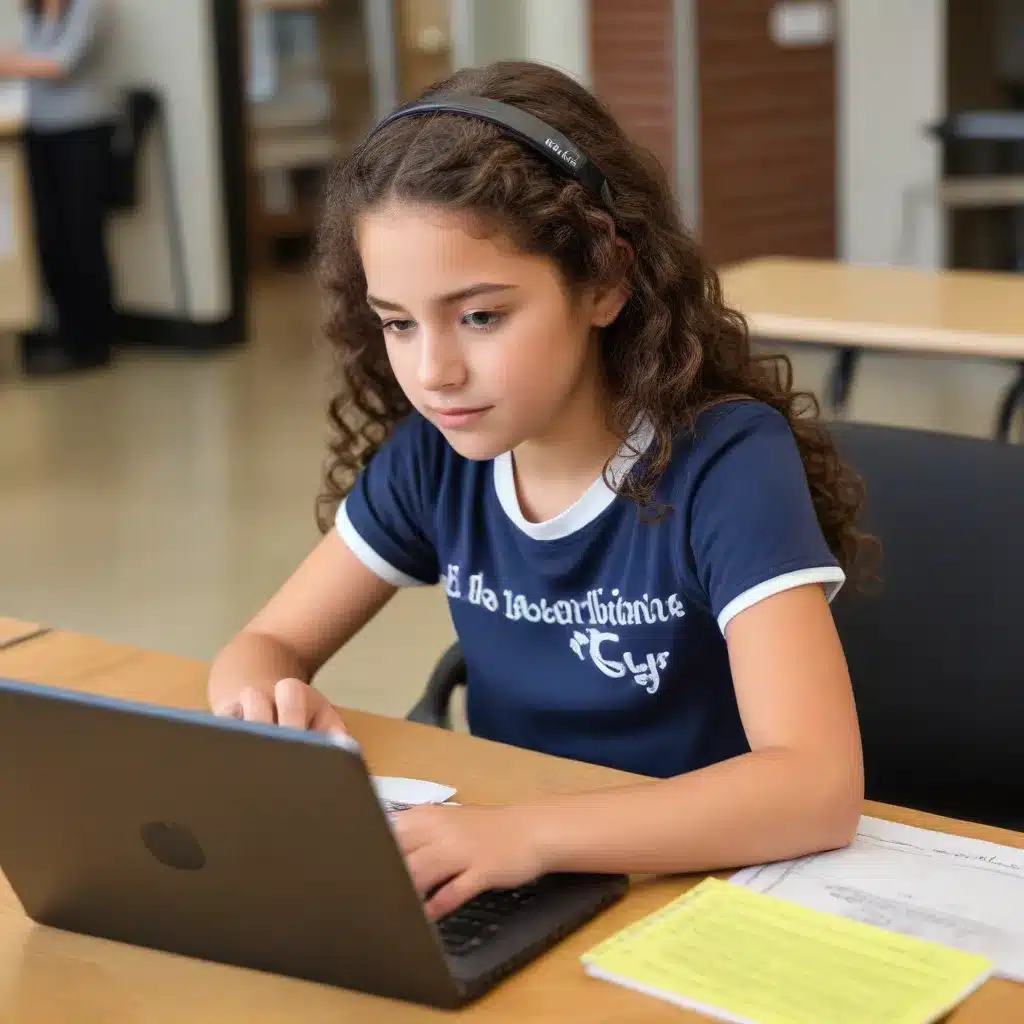
Understanding the Digital World
In today’s rapidly evolving digital landscape, teaching digital citizenship and literacy has become essential for both families and the school community. The proliferation of devices and online platforms presents immense opportunities for education, communication, and connection, but it also poses risks that require careful navigation.
As a former Deputy Head and Class Teacher with over 20 years of experience, I have a deep understanding of the importance of fostering digital citizenship and literacy within the school environment. By prioritizing these crucial skills, we can equip students and families to use technology responsibly, enhancing safety, well-being, and the overall quality of their digital experiences.
The Partnership between Home and School
It is vitally important that both educators and parents work together to cultivate a healthy, responsible relationship with technology. Ensuring students are safe and responsible online should be a top priority for all schools. While teachers often concentrate on teaching digital citizenship and literacy in the classroom, it’s essential to involve parents and the broader school community in the process.
School leaders have a key role in promoting and supporting this collaborative effort. By providing resources, training, and opportunities for engagement, schools can empower parents to become equally informed and proactive in managing their children’s digital lives.
Digital Citizenship: Responsible Online Behavior
Digital citizenship refers to the responsible and ethical use of technology. This encompasses how individuals interact online, their understanding of privacy and security, and the consequences of their digital actions. In the classroom, students are often taught to be respectful, aware, and accountable when engaging online—lessons that are critical as the digital world can blur the boundaries between reality and anonymity.
It’s important that these lessons extend beyond the classroom into the home as well. Children often engage with technology outside the supervision of their teachers, which is why parents need to be equally informed and proactive. By modeling appropriate behavior, families can establish guidelines around screen time, social media usage, and online interactions. This cohesive and collaborative approach between home and school ensures that children are consistently reminded of the values of respect, empathy, and safety.
Digital Literacy: Navigating the Digital World
While digital citizenship focuses on behavior and responsibility, digital literacy refers to the skills needed to effectively and safely navigate the digital world. This includes understanding how to evaluate online information for accuracy, recognizing online risks such as cyberbullying or scams, and knowing how to use digital tools for communication, research, and creative expression.
The constant influx of new apps, platforms, and trends can leave families feeling overwhelmed and uncertain about how to best protect and guide their children. To address this, schools and community organizations should provide resources and training to ensure parents are equipped with the tools they need to stay informed.
Workshops and school events that foster digital literacy for families can have a profound impact. These programmes might include lessons on understanding social media algorithms, setting up privacy settings, or recognizing signs of online distress. With schools and parents working together, the entire community becomes empowered to engage with the digital world in a more knowledgeable and responsible manner.
Striking a Balance: Embracing Technology’s Benefits and Avoiding its Pitfalls
While technology offers incredible educational and social opportunities, it also presents challenges like screen addiction, lack of face-to-face interaction, and exposure to inappropriate content. For families, understanding how to set boundaries and use technology as a tool, rather than a distraction, is key.
I suggest setting up a family digital agreement, where all members contribute to creating balanced screen time, healthy usage patterns, and clear expectations about what is and isn’t acceptable online. Schools can reinforce this message by incorporating discussions on digital well-being into their curriculum. When students understand the importance of moderation, they become better equipped to manage their time and interactions online, reducing the risk of burnout or addiction.
Building Digital Resilience
As students become more digitally immersed, they need the skills to handle the inevitable challenges that come with technology use. This is where digital resilience comes into play—the ability to recover from online setbacks like cyberbullying, negative experiences, or exposure to harmful content.
Schools play a critical role in not only imparting knowledge but also in shaping the attitudes and behaviours of young people. I am passionate about building resilience in both children and families, and I emphasize how schools can teach students to recognise red flags online and how to respond appropriately. Equipping students with the confidence to speak up, block harmful content, or seek help is an essential part of digital literacy education.
When schools take an active role in teaching these skills, they create a safer and more supportive digital environment for their students. Teachers, parents, and students must all be on the same page in promoting resilience and understanding the potential risks associated with online interactions.
Fostering Digital Citizenship and Literacy Together
Ultimately, the responsibility of teaching digital citizenship and literacy cannot rest solely on the shoulders of either schools or parents. It requires a collaborative effort where educators, families, and the broader community work together to foster an environment of safe, responsible, and informed digital use.
Through resources like the “Navigating the Digital Jungle” podcast, families are encouraged to take an active role in managing their digital lives, while schools provide the foundational knowledge and support needed to empower their students. By prioritizing digital citizenship and literacy, we prepare both students and families to navigate the digital world with confidence, responsibility, and safety, ensuring that technology enhances rather than diminishes their lives.
In the digital age, the partnership between home and school is more critical than ever, and together we can help guide our children through the complexities of the online world with care and confidence. To learn more about the resources available at Stanley Park High School, please visit our website or reach out to our dedicated team.

